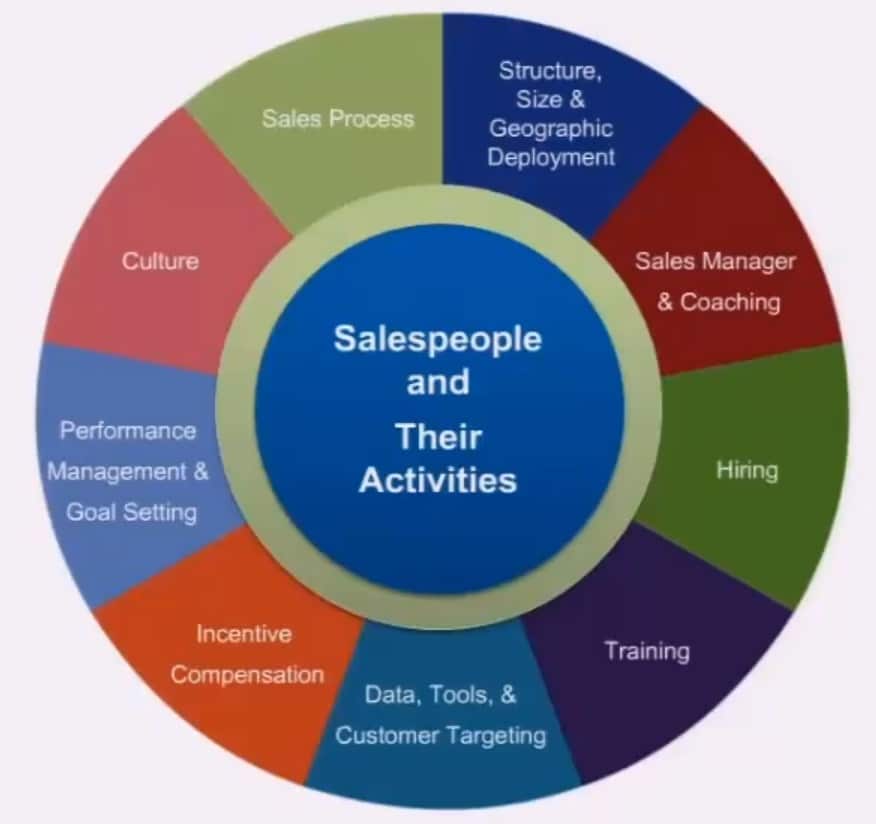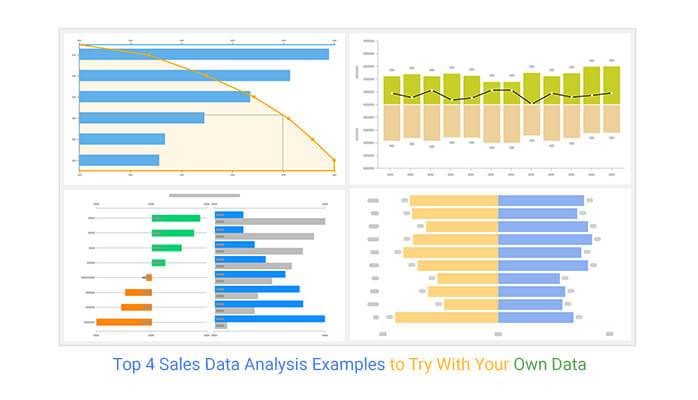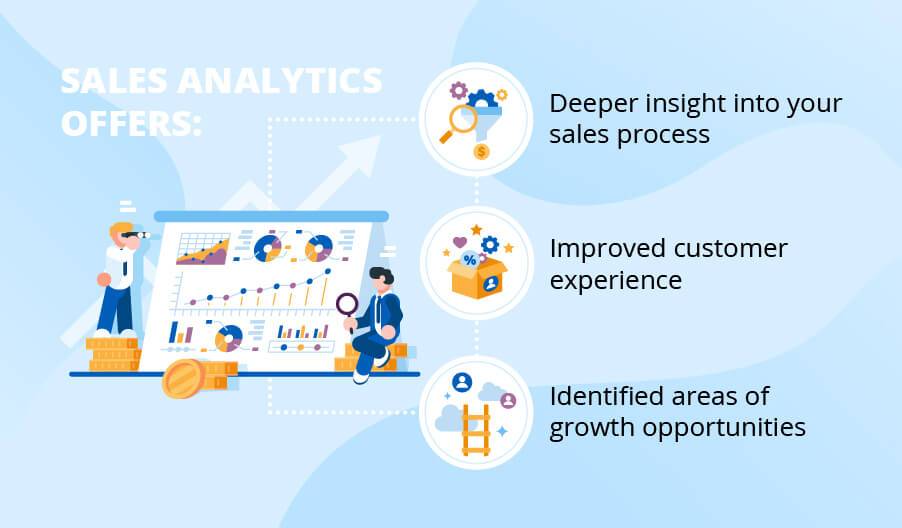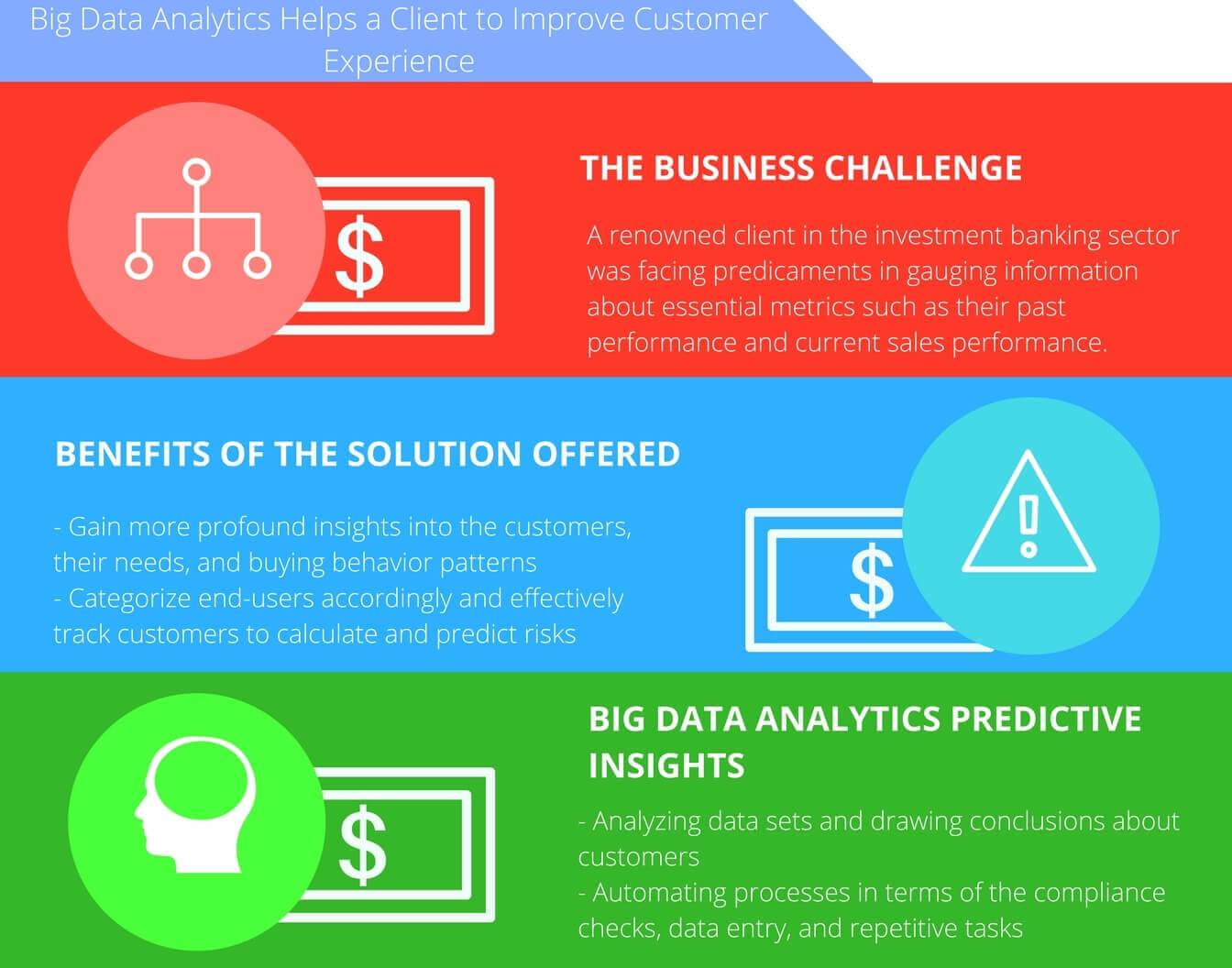In today’s competitive business landscape, sales performance is critical to an organization’s success. While there are multiple techniques to improve sales performance, embracing data-driven decision-making can be the ultimate key to success. Through the power of data analytics, companies can gather and analyze massive amounts of information to uncover insights that can supercharge their sales efforts.
This blog post explores how data analytics can improve an organization’s sales performance by giving you valuable insights into customer behavior, product trends, and market opportunities. So, if you are looking for effective ways to increase your business’s sales performance and grow your revenue, keep reading!

Understanding the Role of Analytics in Sales Performance Improvement
Understanding the role of analytics in sales performance improvement is crucial for businesses looking to stay ahead of the game. By utilizing data analysis, business leaders can make more informed decisions and optimize processes to drive sales growth. As mentioned in the previous sections of this blog, data analytics can also enhance lead generation, identify and resolve sales issues, improve sales rep performance, and even boost B2B sales.
By embracing sales analytics as a vital component of sales success, companies can analyze customer behavior, identify trends and forecast results, and ultimately improve cash flow. With so many benefits to gain, it’s no wonder why data analytics has become an integral part of successful businesses today.

Utilizing Data Sets to Enhance Lead Generation and Presales Processes
In order to effectively improve sales performance, it’s important to understand the role of analytics in the process. One key strategy is utilizing data sets to enhance lead generation and presales processes. By monitoring the effectiveness of the lead generation workflow, companies can use analytics to pinpoint areas for improvement and target high-quality leads. Presales automation can also be achieved through data-driven insights, increasing the efficiency and accuracy of the sales process.
These strategies work in tandem with the overarching goal of using data to drive better overall sales performance. By tapping into real-time data and utilizing predictive analytics, companies can enhance their ability to identify trends and forecast results, ultimately leading to greater success in the sales arena. With analytics in place, it becomes easier to make better decisions and maximize the potential of sales reps. Overall, embracing sales analytics as a vital component of sales success will lead to an uptick in lead generation and presales processes.

Using Sales Data Analysis to Identify and Resolve Sales Issues
Utilizing sales data analysis can provide managers with valuable insights into their sales team’s performance, allowing them to identify and resolve any issues that may be hindering success. By collecting and monitoring data on sales metrics such as the number of products sold, managers can pinpoint lagging performance and implement corrective actions to improve results.
In addition, analysis of sales data can help managers set realistic sales goals that align with industry trends and forecast future sales. With the right data analytics tools in place, businesses can empower their sales teams with real-time data to make informed decisions and improve performance. By embracing sales analytics as a vital component of sales success, businesses can achieve improved retention rates, greater customer satisfaction, and increased revenue growth.

Real-Time Data to Improve Sales Rep Performance
Real-time data is a game-changer for sales teams. By providing instant feedback on their performance, sales representatives can fine-tune their strategies and improve their results. This is where sales analytics really comes into play. With real-time data, reps can see how they are performing and understand how they are being compensated for their efforts. In turn, sales leaders can use this data to provide coaching and mentorship to help struggling reps.
What’s more, this data also offers valuable insights into the success of past strategies, allowing sales teams to adjust their approach and achieve even greater success in the future. Overall, real-time data is an indispensable tool for sales reps looking to improve their performance and drive their organization’s success.

The Superpower of Sales Analytics in Identifying Critical Trends and Forecasting Results
In the previous sections, we discussed the important role of sales analytics in improving sales performance. One of the significant superpowers of sales analytics is identifying critical trends and forecasting results accurately. With sales data analysis, sales teams can analyze customer behavior and trends to predict future sales and make informed decisions. By identifying buying patterns and preferences, sales teams can develop tailored sales strategies that improve their performance and increase customer satisfaction. Real-time data analysis can also help sales reps track their progress and ensure they are meeting their targets.
Overall, embracing sales analytics as an integral component of sales success can significantly improve sales performance and drive business growth.

The Integral Role of Data Analytics in Boosting B2B Sales
The role of data analytics in boosting B2B sales cannot be overstated. Businesses can identify patterns and trends by analyzing big data sets to better understand their customer’s behavior, preferences, and pain points. With this knowledge, sales teams can tailor their approach to each individual customer, resulting in more personalized and effective sales interactions. By leveraging data analytics, B2B firms can also identify potential new markets, refine their marketing strategy, and optimize their pricing strategy.
Ultimately, data analytics can give businesses a competitive edge in the B2B sector, leading to increased revenue, improved customer satisfaction, and overall business growth.

Improving Cash Flow with Customer Data Analytics
Managing cash flow is essential to ensure business success in today’s volatile market. Data analytics can play a crucial role in providing visibility into sources and uses of cash. In addition, it can help improve customer insights and predict buying behavior, enabling companies to maximize sales and increase paying customers. By leveraging customer data analytics, businesses can make informed decisions about what to stock, how to price their products, and where to focus their marketing efforts. All of this can lead to improved cash flow as businesses streamline their operations and focus on what really matters – their bottom line.
By embracing sales analytics as a vital component of sales success, businesses can achieve other important objectives, such as improving lead generation, using real-time data to boost sales rep performance, identifying critical trends, and forecasting results to help boost their bottom line. In short, data analytics can be the key to unlocking success in an increasingly competitive business environment.

Developing a Better Overall Picture of Business Customers with Data Analytics
By utilizing data analytics, sales teams can better understand their business customers. Sales data analytics allows organizations to gather and analyze customer data, from demographics to purchasing histories, providing businesses with valuable insights into their customer’s behavior, preferences, and needs. This information enables sales teams to develop personalized sales strategies that cater to specific customer groups, improving customer retention rates and revenue.
Moreover, with the help of data analytics, sales teams can identify cross-selling and upselling opportunities and refine their approaches to account management. Developing a better picture of business customers with data analytics is essential to improving sales performance and optimizing revenue growth.

Sales Analytics as the Key to Understanding Sales Performance Metrics
Sales analytics plays a key role in understanding sales performance metrics. It provides sales leaders with valuable insights into sales data, trends, and metrics needed to set targets and forecast future sales performance. By analyzing KPIs and revenue breaks, sales leaders can determine if their sales strategy is successful and make necessary changes. Regular and detailed sales analysis provides real-time insights into various aspects of the sales, allowing sales teams to identify underperforming areas and resolve issues before they become problematic.
Embracing sales analytics as a vital component of sales success can lead to a deeper understanding of customer preferences, improved lead generation and presales processes, and forecasting critical trends that can bring sales revenue to greater heights.

Embracing Sales Analytics as a Vital Component of Sales Success
Embracing Sales Analytics as a Vital Component of Sales Success is key to achieving long-term success in business. It allows companies to understand their customer’s needs better, analyze market trends and behavior, and ultimately improve customer satisfaction. With the help of data analytics, businesses can identify problem areas within their sales processes and create effective solutions that generate more leads and revenue. With sales analytics, companies can understand and forecast sales performance metrics, which will ultimately lead to better decision-making and long-term growth.
By utilizing sales analytics, businesses can create a more effective sales strategy that is based on real data, which is more reliable than relying on intuition alone. Optimistically speaking, businesses can improve their overall performance by embracing sales analytics and become more efficient and profitable in the long run.

Conclusion
In conclusion, data analytics is a critical component of sales performance improvement. Businesses can use data sets to enhance their lead generation and presales processes, identify and resolve sales issues, improve sales rep performance in real-time, and identify critical trends to forecast results. Sales analytics is also integral to boosting B2B sales, improving cash flow with customer data analytics, and developing a better overall picture of business customers.
By embracing sales analytics as a vital component of sales success, businesses can gain a deeper understanding of their sales performance metrics, identify opportunities for growth, and outmaneuver the competition. With the power of data at their fingertips, businesses can drive revenue growth and build stronger relationships with customers for long-term success. The future of sales performance is bright, and with the power of data analytics, the sky’s the limit.
Frequently Asked Questions
Why is data analytics important in sales?
Data analytics helps organizations to make informed decisions. In sales, data analytics provides insights into customer behavior and preferences, which enables businesses to tailor their sales strategies to meet specific customer needs. This allows organizations to improve customer satisfaction, increase sales, and ultimately drive growth.
How does data analytics improve performance?
Data analytics enables businesses to identify patterns and trends in customer behavior, sales performance, and market trends. By analyzing this data, organizations can gain insights into areas where they are underperforming and make necessary changes. This can include optimizing sales territories, improving product offerings, and tailoring marketing campaigns to better target specific customer segments.
How could data analytics be used to improve the organization’s performance?
Data analytics can be used to optimize many aspects of an organization’s performance. For example, by analyzing sales data, businesses can identify which products are performing well and which are not, and then make adjustments to their product offerings. Additionally, by analyzing customer data, businesses can gain insights into customer behavior and preferences, which can be used to optimize sales strategies and improve customer satisfaction.
How does data analytics increase productivity?
Data analytics can increase productivity by enabling businesses to identify inefficiencies in their operations and make necessary changes. For example, by analyzing sales data, businesses can identify areas where they are underperforming and make changes to their sales strategies. By doing so, they can improve sales productivity and ultimately drive growth.
What is the role of data analytics in performance management?
Data analytics plays a critical role in performance management by enabling businesses to track and analyze key performance metrics. By doing so, organizations can identify areas where they are underperforming and take necessary action to improve performance. This can include optimizing sales territories, improving product offerings, and tailoring marketing campaigns to better target specific customer segments.
What are the benefits of effective data analytics?
Effective data analytics provides numerous benefits to organizations, including improved decision-making, better customer insights, increased sales, and ultimately, increased profitability. Additionally, by analyzing data, businesses can identify areas where they are underperforming and make necessary changes to improve performance and drive growth.



